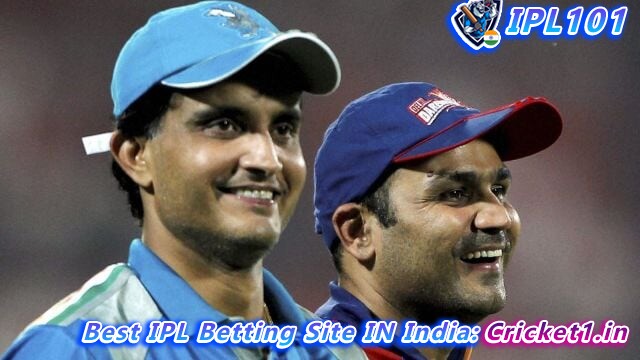
In an era where cricket tributes are often fleeting and momentary, the words of former India captain Sourav Ganguly carry a weight that transcends the bounds of time, especially when they sing the praises of a player like Virender Sehwag. Recently, Ganguly took a moment to publicly acknowledge Sehwag’s induction into the ICC Hall of Fame, a prestigious recognition that cements the explosive opener’s legacy in the annals of cricket history.
Ganguly’s heartfelt tribute to Sehwag is not just about the spectacular numbers that Sehwag racked up over his storied career but also about the indelible impact he left on the very fabric of Test match batting. “You changed the dynamics of batting at the top in Test cricket. Your talent was special. You scored runs at such a fast pace, you were just exceptionally good, and you are probably the best opening batsman after Sunil Gavaskar,” wrote Ganguly in his laudatory message.
The lore of Virender Sehwag’s rise within the cricketing realm is one that still resonates with Ganguly. As he reminisces, it was Sehwag’s first impressions in first-class cricket that set the whispers going—a batsman of formidable strength who could effortlessly clear the boundary ropes. Ganguly’s ears first perked up on the back of selectors’ recommendations and the buzz around Sehwag’s hard-hitting prowess.
For those following the Cricket World Cup 2023 for moments of thrilling cricket, Ganguly’s reflection on a bygone era serves as a reminder of the sport’s evolving face and the legends who paved the way for today’s heroes. The contributions of greats like Sehwag can be felt even now, as newcomers look to replicate his fearless approach and chart their own stories of success. Fans can stay tuned with the latest fixtures, stats, top scorers, and the points table for the ongoing World Cup through dedicated sections created for ardent followers of the game.
The tale of how Sehwag became a feared Test opener is particularly notable. Ganguly recounts persuading a hesitant Sehwag to face the new ball at Lord’s in 2002, a move that Sehwag initially approached with unease since he had never opened before in Tests. Ganguly’s intuition that Sehwag’s talent transcended batting positions was proven right as Sehwag blasted an 80 at Lord’s and never looked back from that point onward. The confidence he gleaned from that innings laid the foundation for his meteoric rise as a batting icon.
While Sehwag’s prowess straddled different formats, Ganguly firmly believes that Sehwag’s true forte was Test cricket. By highlighting Sehwag’s incredible triple century against Pakistan in Multan—where he smashed a six to bring up both his double and triple centuries—Ganguly reminds us of Sehwag’s unique ability to make the audacious seem routine, his proclivity for big innings, and the fearless brand of cricket he endorsed.
Sehwag’s aggressive batting at the outset of innings often demoralized the opposition and made the job easier for the batters following him, a luxury that the Indian team of that era relished. Ganguly’s acknowledgement goes beyond just statistics; it brings to light Sehwag’s invaluable contribution to the psychological battle that often dictates the flow of a cricket match.
Virender Sehwag’s inclusion in the ICC Hall of Fame is a testament to the uniqueness of his talent and the awe-inspiring legacy he leaves behind—a legacy characterized by raw power, elegant fearlessness, and an immortal influence on opening in Test cricket. Sourav Ganguly’s glowing tribute to his former teammate not only celebrates Sehwag’s historical achievements but also encapsulates the reverence and adulation he commands from cricketing peers and fans alike.

